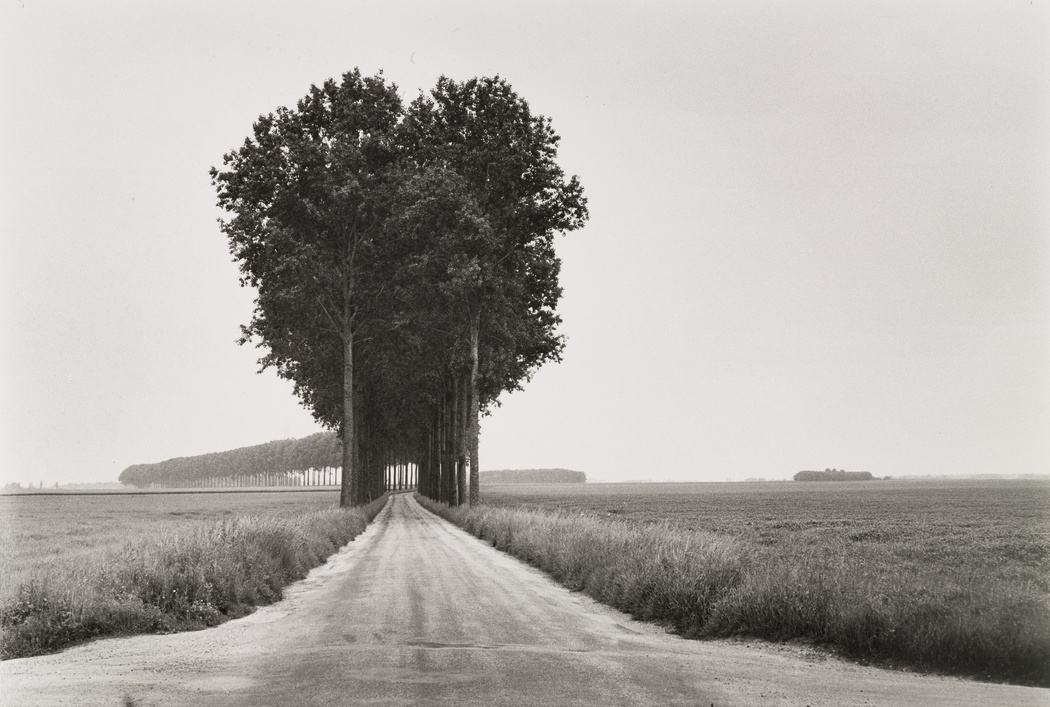
In the third of a series of four articles tracing the career of Michael Kenna, Michael discusses the work of French photographer Henri Cartier-Bresson (1908-2004), one of the most original, accomplished, influential and beloved figures in the history of photography. Cartier-Bresson’s dramatic black and white works are among the most iconic images of the 20th century, and helped transform photography from a scientific curiosity into a modern art form.
“For me, the camera is a sketch book, an instrument of intuition and spontaneity. To take photographs means to recognize—simultaneously and within a fraction of a second—both the fact itself and the rigorous organization of visually perceived forms that give it meaning. It is putting one's head, one's eye, and one's heart on the same axis.” Henri Cartier-Bresson
Michael Kenna | Reflections of Henri Cartier-Bresson (1908-2004) in Brittany
“I am in constant awe at the beauty and mystery of the world we live in and fully recognize that I am but a messenger, delivering small vignettes from time to time of what I see and experience. Henri Cartier-Bresson is acclaimed for his masterful decisive moment studies of human interactions.
Cartier-Bresson’s photograph of a tunnel of trees along a country road in Brie, Brittany has always greatly appealed to me. An invitation to follow a path with no visible destination could be considered a visual analogy of a life experience. I did not consciously research Cartier-Bresson's way of photographing, as I have with other photographers I admire, but I happily recalled his image when I came across some similar trees on one of my travels in France in 1993.

Brie, Brittany, France 1968 © Henri Cartier Bresson
I have never considered it discourteous or impolite to accept the influences of masters who have gone before me. I am of the ‘imitation is the best form of flattery’ school and readily imitate to learn. A quote by George Balanchine guides my thinking ‘God creates; I do not create. I assemble and I steal everywhere to do it - from what I see… from what others can do.’ There are obvious similarities between the original Cartier-Bresson photograph and my later studies.
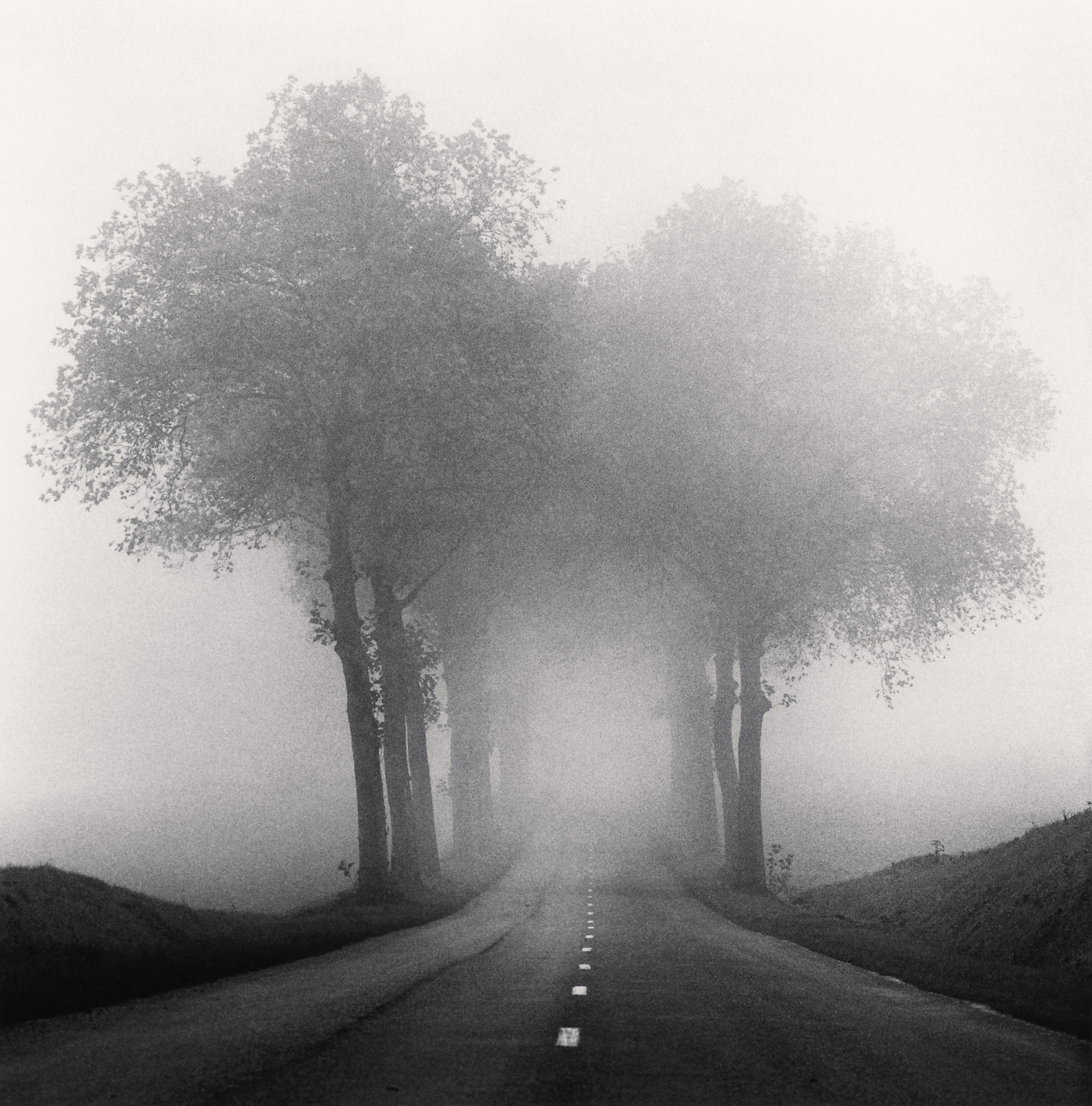
Homage to HCB, Study 1, Brittany, France 1993 © Michael Kenna
There are many differences too as it is impossible to make identical photographs. Part of the magic of life is that every moment is unique, fragile and ephemeral. Every photograph is a collaborative effort between the photographer and subject matter. While making my photographs, I felt extraordinarily fortunate to imagine that I also had the added company of Cartier-Bresson in the equation. How amazing is that? Thank you Henri Cartier-Bresson.” Michael Kenna, 2020
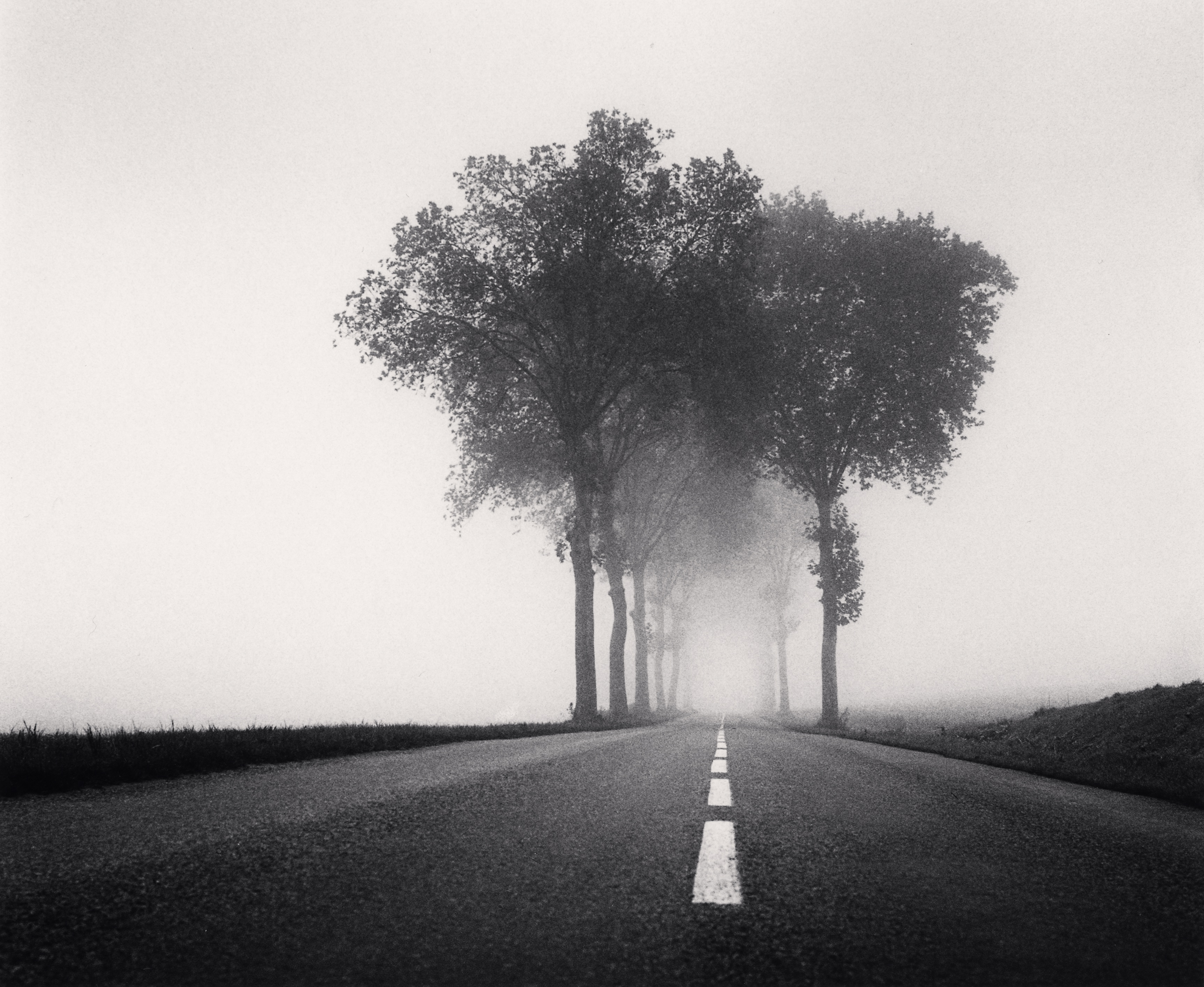
Homage to HCB, Study 2, Brittany, France 1993 © Michael Kenna
Michael Kenna | Reflections of Henri Cartier-Bresson (1908-2004) in Paris
Thousands of people walk over the Pont des Arts Bridge in Paris every day. A fair amount of them must look east at the iconic view of Ile de la Cite and take photographs themselves. Henri Cartier Bresson did this in 1952, and I did it forty years later in 1992.
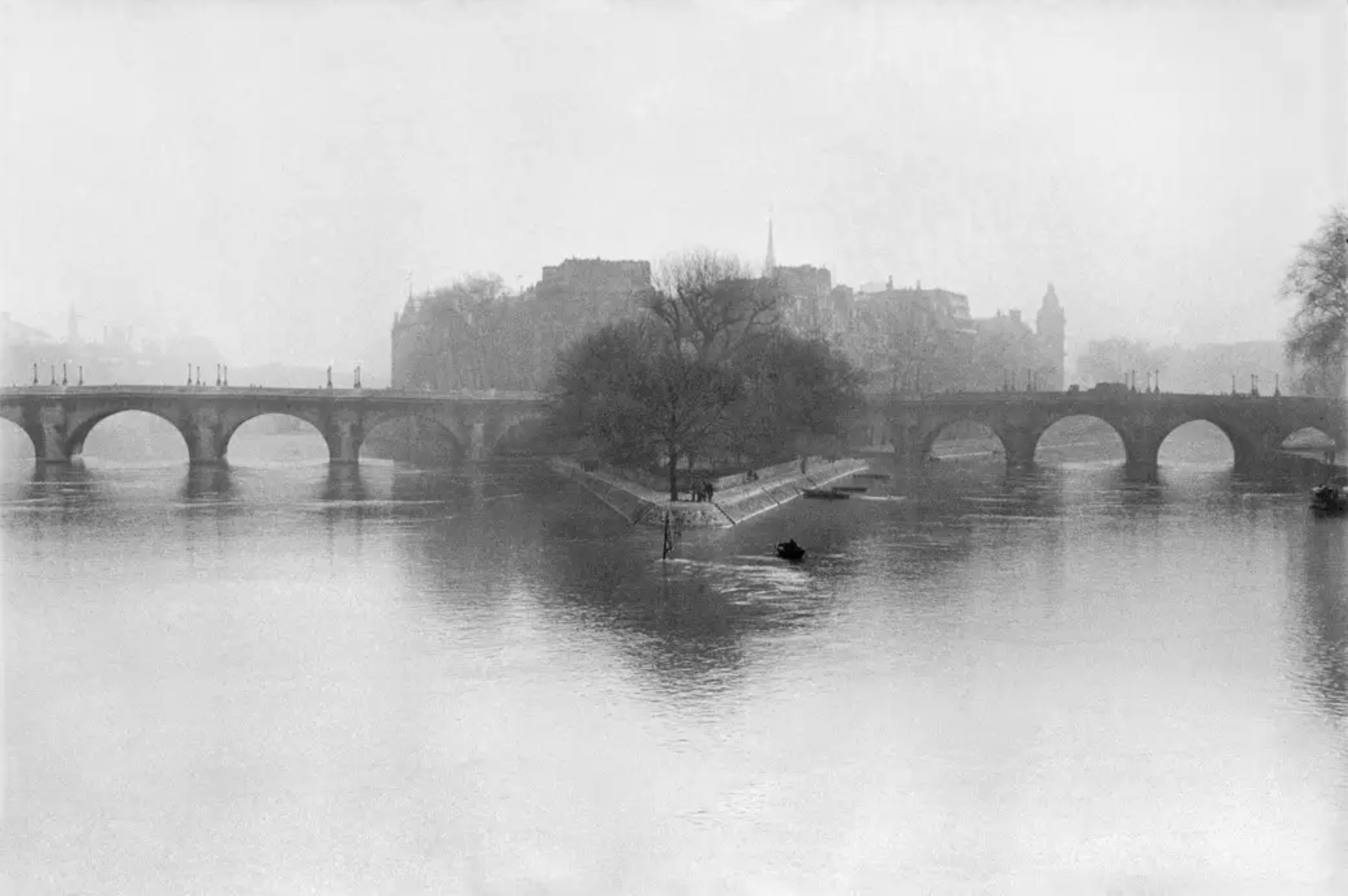
Ile de la Cite, Paris, France 1952 © Henri Cartier-Bresson
Our views are almost identical, although it is interesting to note that the Pont des Arts from which Cartier-Bresson made his photograph, was not the same bridge from which I made mine. The original Pont des Arts was replaced in the early eighties. My image is square whereas Cartier Bresson’s is horizontal. I was a little to the left of where Cartier-Bresson must have stood. Cartier-Bresson would have used his hand-held Leica to capture the moment. I used a Hasselblad camera on a tripod for a much longer exposure for the water has transformed into mist. The architecture has perhaps changed subtly, and I have included some of the Baton Rouge tourist boats on the Seine. However, the similarities of these photographs made 40 years apart outweigh the differences. It is said that when the disciple is ready, the master will appear! It is predictable then that I would recognize Henri Cartier-Bresson as the master and acknowledge him as such in the title of my own photograph.
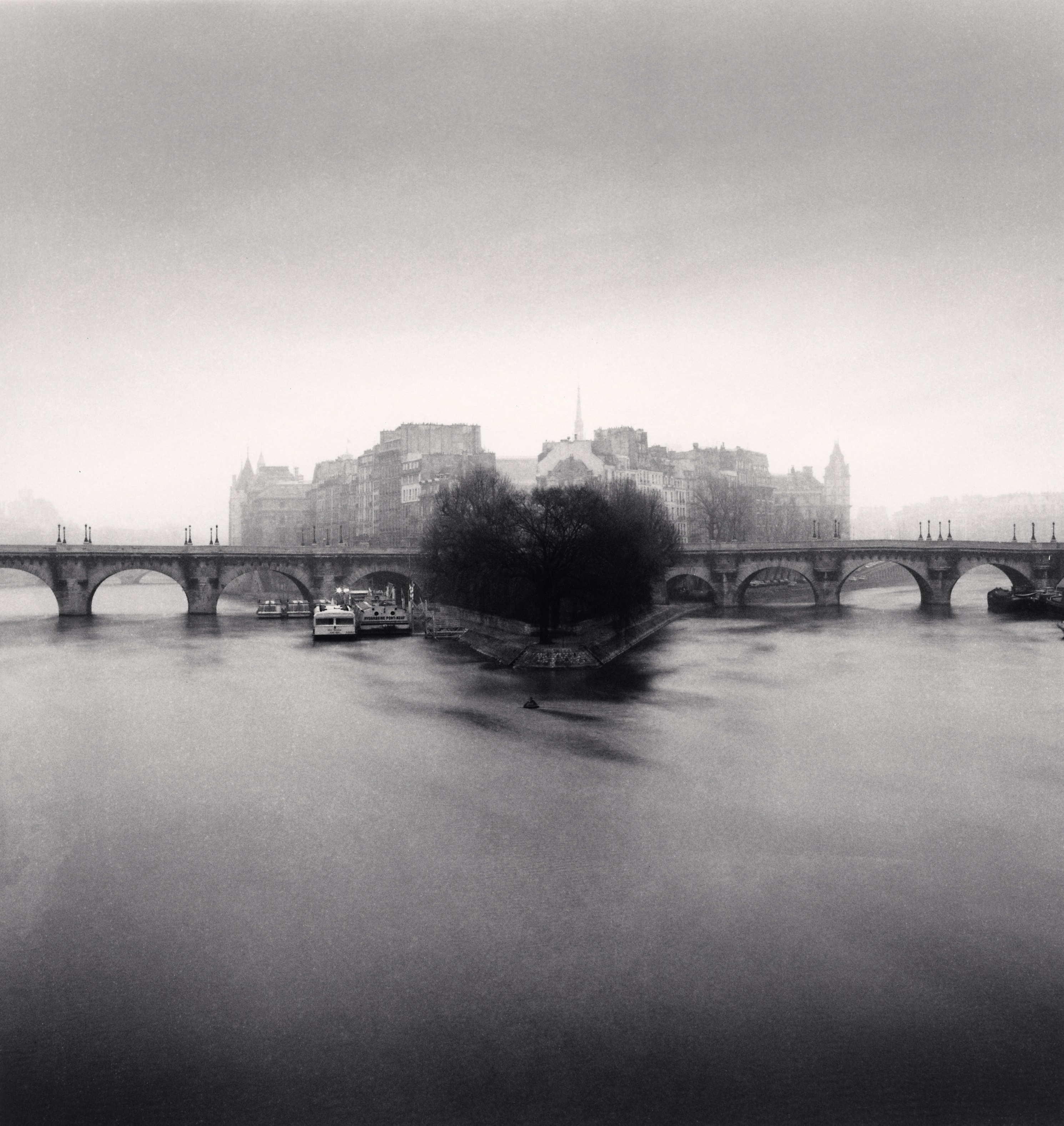
Ile de la Cite, (Merci HCB), Paris, France 1992 © Michael Kenna
